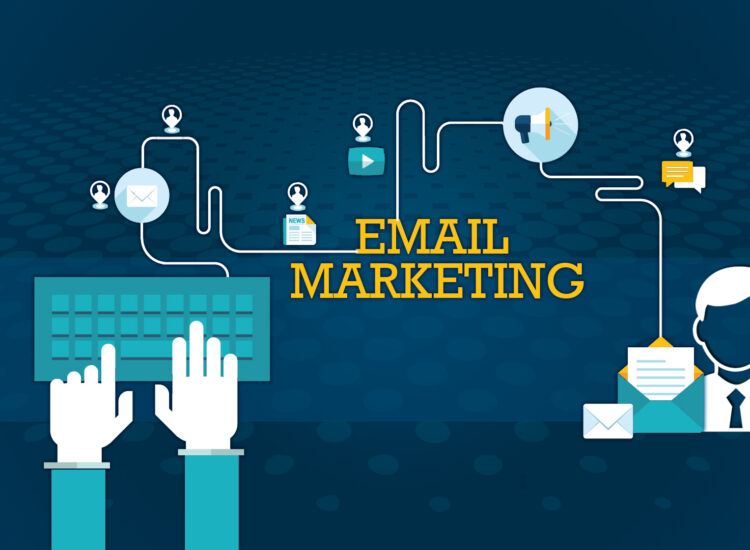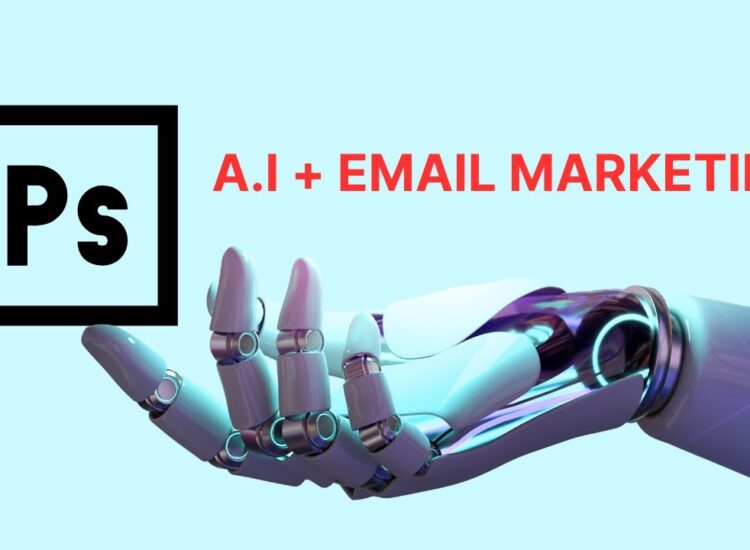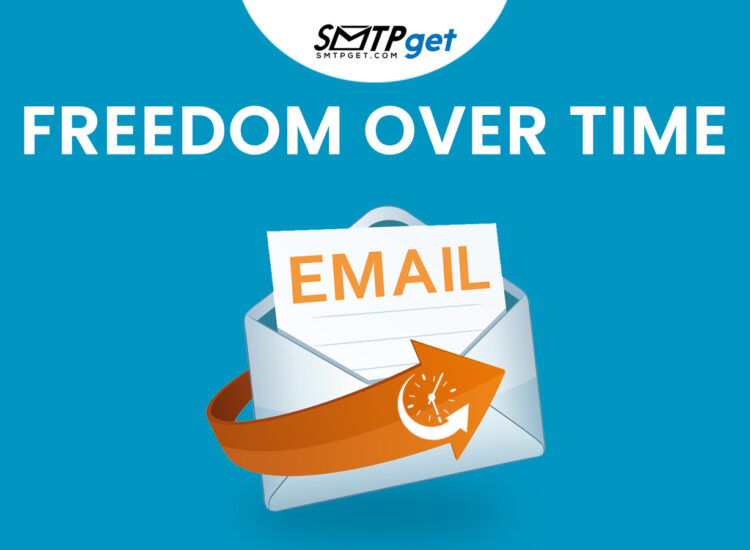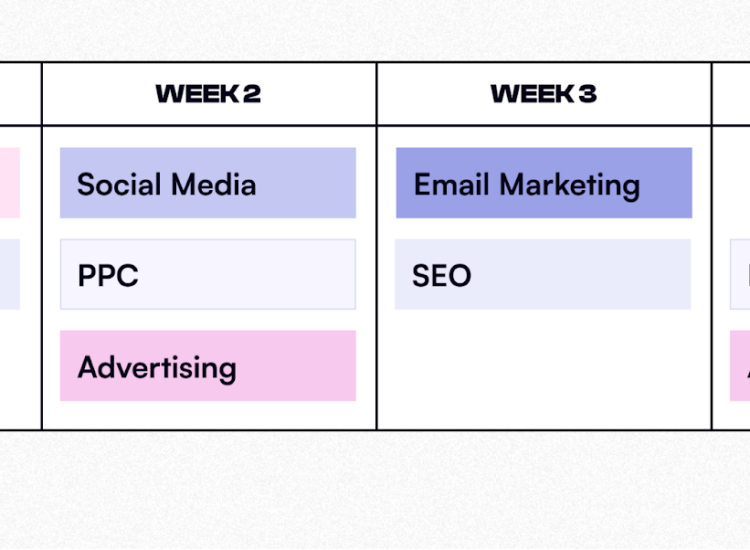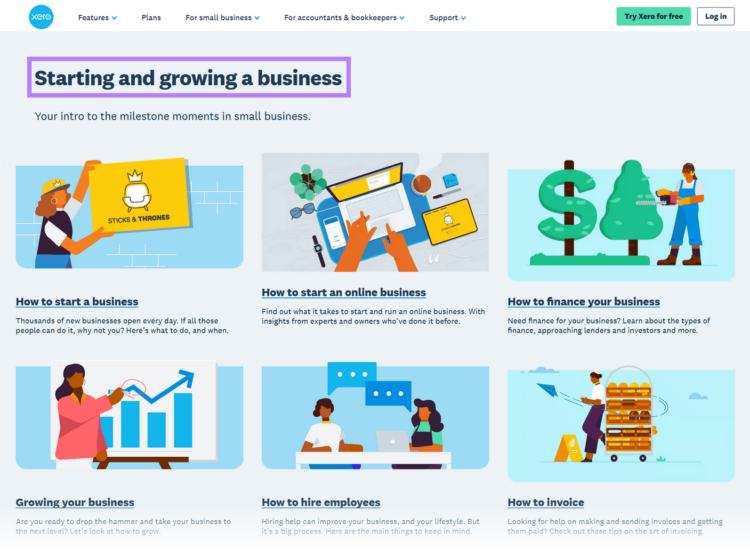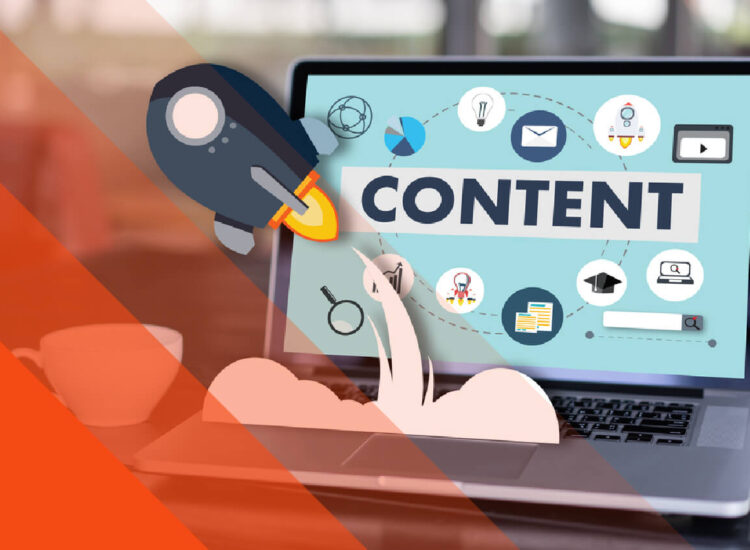In the competitive world of B2B, acquiring new clients is only half the battle. Keeping those clients engaged and loyal is equally critical for long-term success. B2B customer retention strategies are the key to fostering enduring relationships, reducing churn, and maximizing lifetime value. This comprehensive guide explores proven B2B customer retention strategies for 2025, optimized for SEO to boost your visibility and attract businesses seeking to strengthen client loyalty.
Toc
- 1. What is B2B Customer Retention?
- 2. Why Are B2B Customer Retention Strategies Important?
- 3. 1. Prioritize Exceptional Customer Service
- 4. 2. Personalize the Client Experience
- 5. 3. Deliver Consistent Value Through Content
- 6. Related articles 01:
- 7. 4. Implement a Robust Onboarding Process
- 8. 5. Offer Loyalty Programs and Incentives
- 9. 6. Leverage Data and Analytics for Insights
- 10. 7. Build a Community Around Your Brand
- 11. 8. Proactively Address Pain Points
- 12. Related articles 02:
- 13. 9. Strengthen Relationships Through Account Management
- 14. 10. Continuously Innovate and Adapt
- 15. Common Mistakes to Avoid in B2B Customer Retention
- 16. Conclusion
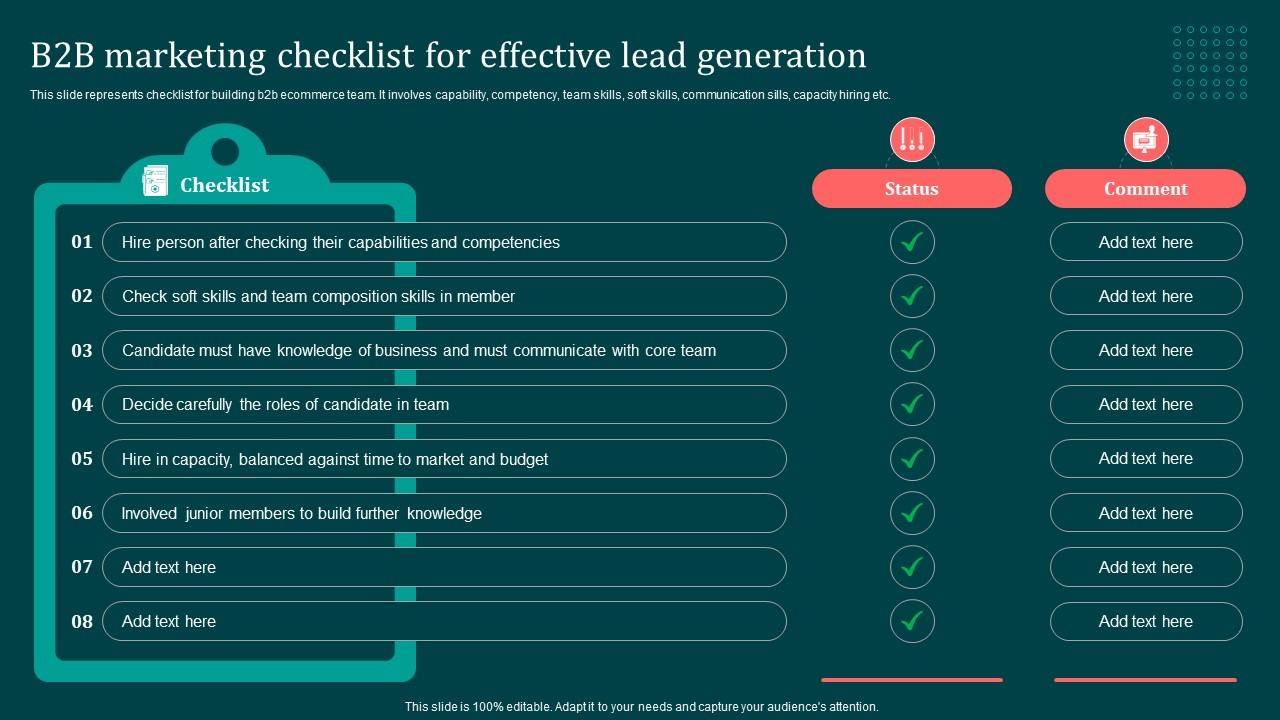
What is B2B Customer Retention?
B2B customer retention refers to the strategies and tactics businesses use to maintain strong relationships with their existing business clients, encouraging repeat business and loyalty. Unlike B2C, where transactions are often one-off, B2B relationships involve longer-term commitments, multiple stakeholders, and higher stakes. Effective B2B customer retention strategies focus on delivering consistent value, addressing client needs, and building trust to ensure clients stay with your brand over time.
Why Are B2B Customer Retention Strategies Important?
Investing in B2B customer retention strategies offers significant benefits for businesses aiming to thrive in 2025. Here’s why they matter:
-
Cost Efficiency: Retaining existing clients is significantly cheaper than acquiring new ones, with studies showing acquisition costs can be up to five times higher.
-
Increased Revenue: Loyal clients are more likely to purchase additional services, upsell, or refer new business, boosting your bottom line.
-
Brand Advocacy: Satisfied B2B clients often become advocates, promoting your brand within their networks and industries.
-
Stability: A loyal client base provides predictable revenue, helping businesses weather market fluctuations.
-
Competitive Edge: Strong retention strategies differentiate your brand in a crowded market, making it harder for competitors to poach your clients.
Let’s dive into the most effective B2B customer retention strategies to help your business build lasting relationships in 2025.
1. Prioritize Exceptional Customer Service
Exceptional customer service is the cornerstone of B2B customer retention strategies. In B2B, where relationships are built on trust and reliability, delivering outstanding support can set you apart. Here’s how to excel:
-
Dedicated Account Managers: Assign dedicated account managers to each client to provide personalized support and act as their primary point of contact.
-
Proactive Communication: Anticipate client needs by checking in regularly, addressing potential issues before they arise, and keeping clients informed about updates or new offerings.
-
24/7 Support: Offer round-the-clock support through multiple channels, such as email, phone, and live chat, to ensure clients can reach you when they need help.
-
Feedback Loops: Actively solicit feedback through surveys or one-on-one conversations and use it to improve your services.
By prioritizing customer service, you demonstrate your commitment to client success, fostering loyalty and trust.
2. Personalize the Client Experience
Personalization is a powerful tool in B2B customer retention strategies, as it shows clients you understand their unique needs and challenges. Tailoring your approach can deepen relationships and increase satisfaction. Key tactics include:
-
Customized Solutions: Offer tailored products, services, or pricing plans based on the client’s industry, size, or goals.
-
Personalized Communication: Use CRM tools to segment clients and send targeted emails, reports, or recommendations that address their specific pain points.
-
Client Portals: Provide clients with personalized dashboards or portals where they can track performance, access resources, or manage their accounts.
-
Celebrate Milestones: Acknowledge key moments, such as contract anniversaries or project completions, with personalized messages or small gestures like thank-you notes.
Personalization makes clients feel valued, increasing their likelihood of staying with your brand.
3. Deliver Consistent Value Through Content
Content marketing isn’t just for lead generation; it’s also a vital part of B2B customer retention strategies. By providing ongoing value through relevant content, you keep clients engaged and reinforce your expertise. Here’s how to leverage content:
-
Educational Resources: Share blog posts, whitepapers, or guides that address industry trends or challenges, such as “Top B2B Customer Retention Strategies for 2025.”
-
Exclusive Webinars: Host client-only webinars on topics like optimizing their use of your product or navigating market changes.
-
Case Studies: Highlight success stories of how your solutions have driven results for similar clients, reinforcing the value you provide.
-
Newsletters: Send regular newsletters with industry insights, product updates, and tips tailored to your clients’ needs.
Distribute content through email, client portals, or social media to ensure it reaches your audience consistently.
4. Implement a Robust Onboarding Process
A strong onboarding process sets the tone for the client relationship and is a critical component of B2B customer retention strategies. Effective onboarding ensures clients understand your product or service and see value from the start. Best practices include:
-
Clear Expectations: Outline what clients can expect during onboarding, including timelines, deliverables, and key contacts.
-
Training and Support: Provide comprehensive training sessions, tutorials, or documentation to help clients get up to speed quickly.
-
Regular Check-Ins: Schedule follow-ups during the first 30–90 days to address questions, troubleshoot issues, and ensure smooth adoption.
-
Success Metrics: Work with clients to define measurable goals for success and track progress during onboarding.
A seamless onboarding experience builds confidence and lays the foundation for long-term loyalty.
5. Offer Loyalty Programs and Incentives
Loyalty programs and incentives can incentivize repeat business and strengthen B2B customer retention strategies. While more common in B2C, these programs can be adapted for B2B with a focus on value. Examples include:
-
Discounts for Long-Term Contracts: Offer reduced rates or exclusive perks for clients who commit to multi-year agreements.
-
Referral Rewards: Provide incentives, such as discounts or credits, for clients who refer new business to you.
-
Exclusive Access: Grant loyal clients early access to new features, beta programs, or premium support tiers.
-
Performance-Based Bonuses: Reward clients who achieve specific milestones with your product, such as hitting a certain usage threshold.
These programs show appreciation for your clients’ loyalty and encourage them to stay engaged.
6. Leverage Data and Analytics for Insights
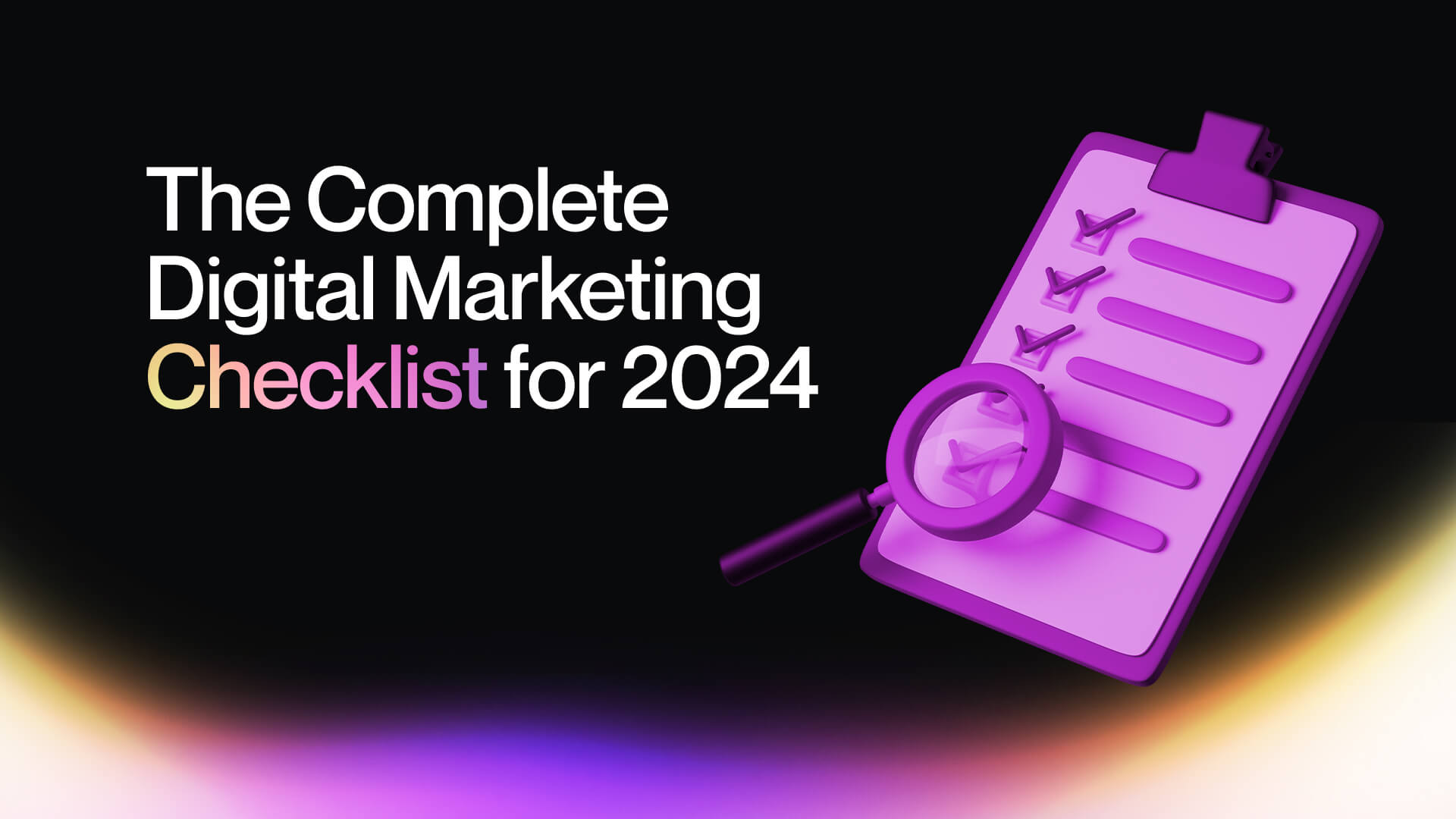
Data-driven decision-making is essential for B2B customer retention strategies. By analyzing client behavior and performance, you can identify opportunities to improve satisfaction and reduce churn. Here’s how to use data effectively:
-
Monitor Usage Patterns: Track how clients interact with your product or service to identify underutilization or potential issues.
-
Predict Churn: Use predictive analytics to flag clients at risk of leaving based on factors like reduced engagement or negative feedback.
-
Personalize Offers: Analyze purchase history or preferences to recommend relevant upsells or cross-sells.
-
Share Insights: Provide clients with data-driven reports showing the ROI of your solutions, reinforcing their decision to stay with you.
Tools like Salesforce, HubSpot, or Google Analytics can help you gather and act on these insights.
7. Build a Community Around Your Brand
Creating a sense of community can enhance B2B customer retention strategies by fostering collaboration and loyalty among clients. A strong community encourages clients to share knowledge, network, and feel connected to your brand. Strategies include:
-
Client Forums: Host online forums or groups where clients can discuss challenges, share best practices, and learn from each other.
-
User Conferences: Organize annual events (virtual or in-person) to bring clients together, showcase innovations, and strengthen relationships.
-
Social Media Groups: Create private LinkedIn or Facebook groups for clients to engage with your team and peers.
-
Peer-to-Peer Mentoring: Facilitate connections between clients to encourage knowledge sharing and collaboration.
A thriving community reinforces your brand’s value and creates emotional ties that reduce churn.
8. Proactively Address Pain Points
Proactively identifying and resolving client pain points is a proactive approach to B2B customer retention strategies. By addressing issues before they escalate, you demonstrate your commitment to client success. Key steps include:
3. https://duocphamvietduc.com.vn/mmoga-how-to-use-ai-in-marketing-a-comprehensive-guide-for-2025/
5. https://duocphamvietduc.com.vn/mmoga-effective-link-building-strategies-to-boost-your-seo-in-2025/
-
Regular Surveys: Conduct quarterly or annual surveys to gauge client satisfaction and uncover potential concerns.
-
Client Advisory Boards: Form a group of key clients to provide feedback on your offerings and suggest improvements.
-
Issue Resolution: Respond quickly to complaints or issues, offering clear solutions and follow-ups to ensure satisfaction.
-
Continuous Improvement: Use client feedback to refine your products, services, or processes, showing clients you’re listening.
Being proactive builds trust and shows clients you’re invested in their long-term success.
9. Strengthen Relationships Through Account Management
Effective account management is a critical driver of B2B customer retention strategies. Strong account managers act as trusted advisors, ensuring clients achieve their goals and remain satisfied. Best practices include:
-
Regular Business Reviews: Schedule quarterly or bi-annual reviews to discuss performance, align on goals, and explore new opportunities.
-
Strategic Guidance: Offer insights or recommendations to help clients maximize the value of your solutions.
-
Relationship Building: Invest time in understanding the client’s business, industry, and challenges to provide tailored support.
-
Cross-Functional Collaboration: Ensure account managers work closely with product, support, and marketing teams to deliver a cohesive experience.
Strong account management fosters loyalty by making clients feel valued and understood.
10. Continuously Innovate and Adapt
Innovation is key to staying relevant and retaining clients in B2B customer retention strategies. By evolving your offerings and adapting to market changes, you ensure clients see ongoing value. Strategies include:
-
Product Updates: Regularly release new features or enhancements based on client feedback and industry trends.
-
Industry Expertise: Stay ahead of market shifts and share insights with clients to help them navigate changes.
-
Flexible Solutions: Offer scalable or customizable solutions that grow with your clients’ needs.
-
Competitive Benchmarking: Monitor competitors to ensure your offerings remain cutting-edge and compelling.
Clients are more likely to stay with a brand that consistently delivers innovative, high-value solutions.
Common Mistakes to Avoid in B2B Customer Retention
To maximize the success of your B2B customer retention strategies, avoid these common pitfalls:
-
Neglecting Existing Clients: Focusing too much on acquisition can lead to overlooking the needs of current clients.
-
One-Size-Fits-All Approaches: Generic solutions fail to address the unique needs of B2B clients.
-
Ignoring Feedback: Failing to act on client input can erode trust and satisfaction.
-
Reactive Problem-Solving: Waiting for issues to arise instead of addressing them proactively can damage relationships.
-
Overpromising: Setting unrealistic expectations during sales can lead to disappointment and churn.
Conclusion
Mastering B2B customer retention strategies in 2025 is about building trust, delivering consistent value, and fostering meaningful relationships with your clients. By prioritizing exceptional service, personalizing experiences, leveraging data, and continuously innovating, you can reduce churn, increase lifetime value, and turn clients into brand advocates. Avoid common mistakes, listen to your clients, and adapt to their evolving needs to stay ahead in a competitive market.
Ready to strengthen your B2B relationships? Start implementing these B2B customer retention strategies today and watch your client loyalty soar!

